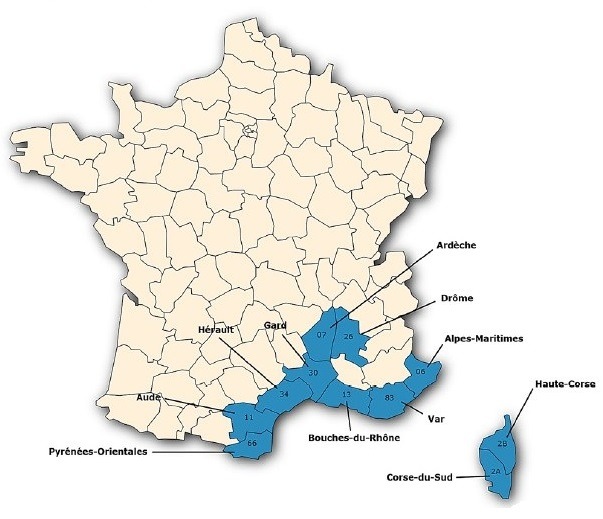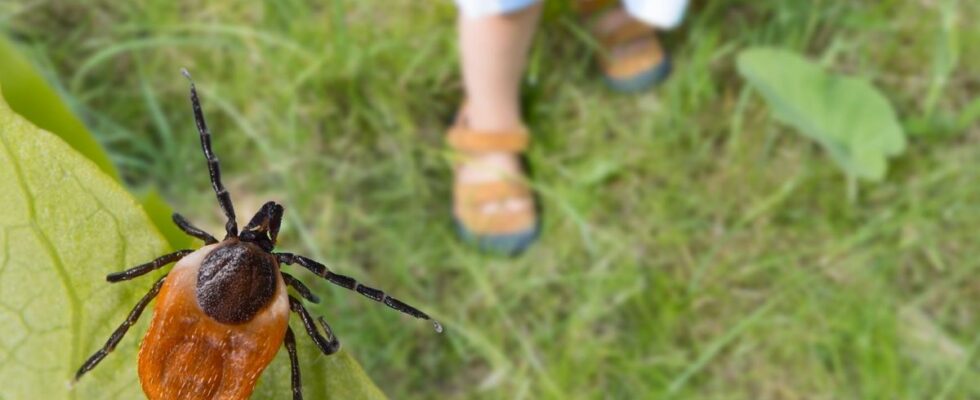Published on
Updated
Reading 2 min.
Currently present in the south of France and Corsica, the Hyalomma marginatum tick can transmit Crimean-Congo fever to humans. How to protect yourself? Public Health France reminds you of the five actions to follow.
The Crimean-Congo hemorrhagic fever virus worries the authorities. Detected for the first time in France last October on ticks of the species Hyalomma marginatum, it can cause serious infection in humans. As summer approaches, health authorities are reminding you of the actions to take to protect yourself.
What is Crimean-Congo hemorrhagic fever?
No case of Crimean-Congo hemorrhagic fever “has been detected to date in France,” recalls Public Health France. On the other hand, the authority warns of the risk of contamination, which is “now demonstrated” due to the presence of ticks on French territory, which can transmit this virus.
Crimean-Congo fever is an infection that can cause “fever, chills, digestive problems and, in rare cases, severe forms with uncontrolled bleeding” in humans.
What are the prevention tips to avoid being infected?
The virus is therefore transmitted by the bite of a tick Hyalomma marginatum infected. It stands out from other ticks because it is larger and has striped legs. In addition to Corsica, it is found in the following departments: Pyrénées-Orientales, Aude, Hérault, Gard, Ardèche, Drôme, Bouches-du-Rhône, Var and Alpes- Maritimes.

To avoid getting bitten, there are prevention tips that are easy to follow. Public Health France recommends, particularly in dry areas where the tick is established, such as hiking trails, fields or vineyards, for example:
- Wear clothing covering your legs and arms, preferably light colored to better see the tick;
- Wear closed shoes;
- Regularly inspect your body and that of your children;
- Have a tick remover or fine tweezers to remove the tick quickly in the event of a bite.
“Since skin repellents have limited effectiveness, their use should not replace the preventive measures cited above. recalls SPF.
What to do in case of a tick bite?
The first action to take in the event of a tick bite is to remove it with a tick remover or fine tweezers. You must then disinfect the bite site and photograph the tick if possible.
Within 14 days after the bite, if you notice the appearance of a fever or unusual symptoms, consult a doctor, indicating that you have been bitten by a tick and showing the photo.

